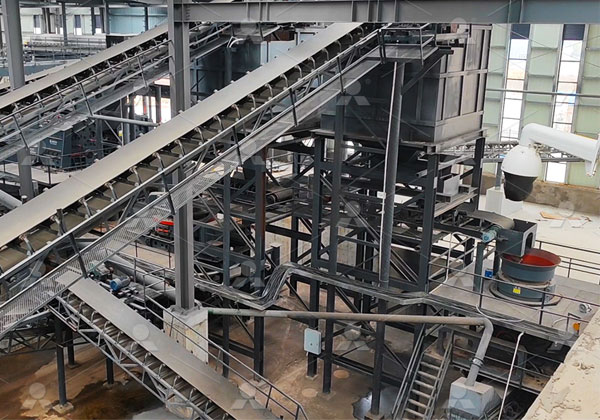A limestone sand and gravel crushing system is a crucial component of infrastructure projects, construction, and various industrial applications. It involves the process of breaking down large pieces of limestone, sandstone, or gravel into smaller, more manageable sizes for use in concrete, asphalt, road base, railroad ballast, and other construction materials. This system typically consists of several key components, including crushers, screens, conveyors, and storage bins, all working together to efficiently process raw materials into finished products.
The primary component of a limestone sand and gravel crushing system is the crusher. Crushers come in various types, including jaw crushers, impact crushers, cone crushers, and gyratory crushers. Each type of crusher is designed to handle different types of materials and produce different output sizes. Jaw crushers, for example, are commonly used for primary crushing, while impact crushers are suitable for secondary or tertiary crushing stages.

Once the raw material is fed into the crusher, it undergoes crushing action, where the material is compressed between two surfaces to break it down into smaller pieces. The crushed material then moves onto the next stage of the process through conveyors or other material handling equipment.
Screens are another essential component of the system, used to separate the crushed material into different sizes or grades. This is achieved by passing the material through a series of screens with varying opening sizes. The oversized material is returned to the crusher for further crushing, while the correctly sized material moves on to the next stage for further processing or storage.
Conveyors play a critical role in transporting the crushed material between various stages of the crushing system. They efficiently move material from the crusher to the screens, storage bins, or stockpiles for temporary storage or further processing. Conveyors are available in different configurations, including belt conveyors, screw conveyors, and vibrating conveyors, depending on the specific requirements of the application.
Storage bins or stockpiles are used to store the crushed material before it is used in construction or other applications. These bins or piles allow for efficient storage and retrieval of materials as needed, ensuring a steady supply for ongoing projects.
The entire limestone sand and gravel crushing system must be carefully designed and optimized to ensure maximum efficiency, productivity, and safety. Factors such as material type, size, hardness, and moisture content need to be considered during the design process to ensure that the system can effectively handle the specific characteristics of the raw materials.
Regular maintenance and inspection of all components are also essential to ensure smooth operation and prevent downtime. This includes routine checks of crushers, screens, conveyors, and other equipment to identify and address any issues before they escalate into major problems.
In conclusion, a limestone sand and gravel crushing system is a critical infrastructure component that plays a vital role in various construction projects and industrial applications. By efficiently processing raw materials into usable products, these systems contribute to the development of infrastructure and the economy as a whole. Proper design, maintenance, and optimization are key to ensuring the effectiveness and longevity of these systems.
